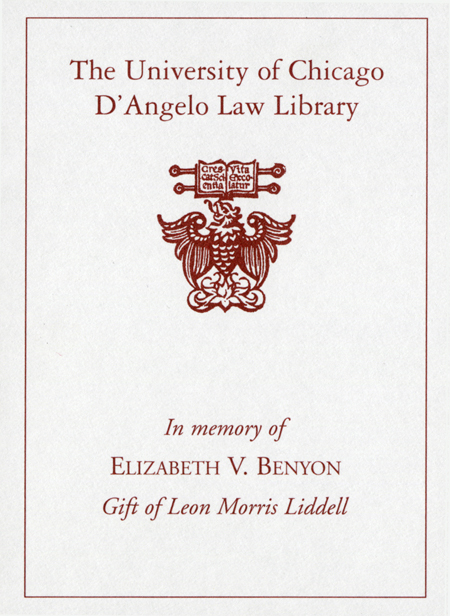Review by Choice Review
The Web, in little over a decade, has evolved into "perhaps the single most dominant communication channel in the world." Transience, though, is a defining property. A 2001 British study estimated that the average life span of a Web page is between 75 and 100 days. A wide range of organizations, large and small, is increasingly concerned with the need to identify, collect, and preserve elements of the Web for future use. Most research thus far, though, has taken place "in relative isolation and been of a highly technical nature." Brown (National Archives, UK) seeks to redress this issue, offering practical guidance to information management professionals, policy makers, Web site owners, and Web masters. Brown deliberately avoids detailed consideration of technical issues, although an appendix provides information on specific software used in Web archiving. The book is for both technical and nontechnical readers. Chapters include history of Web archiving; stages of Web archiving process, i.e., content selection, collection methods, quality assurance, cataloging, and long-term preservation; and delivery of archived material to end users. Legal issues are discussed; a key chapter treats managing Web archiving programs; a final chapter looks at future trends. British emphasis, but a must for anyone involved in Web site archiving. Useful appendixes; glossary. ^BSumming Up: Recommended. All levels. D. Landry-Hyde Texas A&M University--Corpus Christi
Copyright American Library Association, used with permission.
Review by Library Journal Review
As more information is born digital, preserving access to electronic data is gaining significance. Devising methods to archive the web requires a set of skills and knowledge that differs from what is applied in the traditional library or historical archive. Even planning an archive for only a single web site can be a challenge considering the basic problems inherent in the transient nature of digital media and the inevitable obsolescence of software and hardware. The difficulties grow exponentially when the goal is archiving even a relatively small percentage of the Internet. Web sites containing Java, frames, streaming audio or video, flash movies, JavaScript, or managed content or databases make preservation and continuing access even more difficult. This handbook by the head of digital preservation at Britain's National Archives details key issues and solutions in web site selection, cataloging, quality assurance, copyright and other legal issues, preservation, migration, and access delivery methods. Essential reading for those with web site responsibility.-Margaret Sylvia, St. Mary's Univ. Lib., San Antonio (c) Copyright 2010. Library Journals LLC, a wholly owned subsidiary of Media Source, Inc. No redistribution permitted.
(c) Copyright Library Journals LLC, a wholly owned subsidiary of Media Source, Inc. No redistribution permitted.
Review by Choice Review
Review by Library Journal Review


